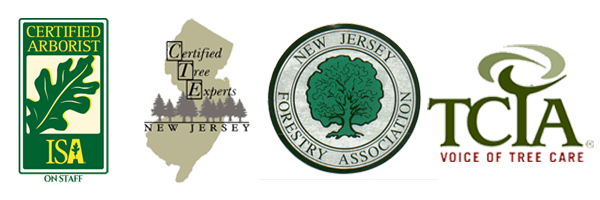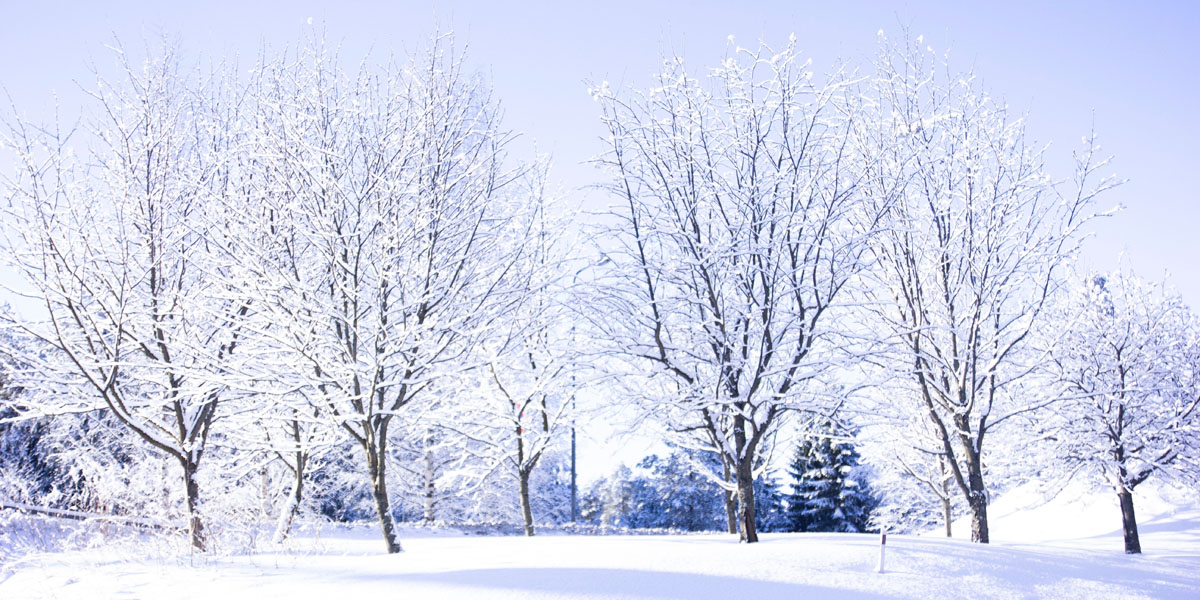If you have a tree removal emergency, call us immediately at
Many types of tree damage
can be prevented
It's not always obvious when something is wrong with your trees, particularly when it's a structural defect. A thorough risk assessment can put your mind at ease, while specialty services like cabling and lightning protection will protect your trees.

What to Look Out For
Even trees that look healthy can have structural problems that make them unsafe
Below are some of the key things to look for in determining whether or not your trees need structural support or other specialized tree safety services.
Long, Heavy Branches
The longer and heavier the tree's branches, the more likely they are to snap off in high winds or under snow or ice load.
Trees & Branches that move a lot
The more branches whip around during storms, the more damage they create (both to other branches and to nearby structures, such as your home).
TOO CLOSE TO YOUR HOME
A tall tree near your home is a magnet for lightning strikes, putting your house at risk of electrical surges, damage from falling tree branches, and fire.
Multiple tree trunks
A tree with multiple stems often develops weakness where the stems touch and appear to grow together. This is where they almost always split during a storm.
Narrow angles between branches
Branches that grow from the trunk in a narrow "Y" shape are inherently unsafe and prone to breaking off unexpectedly.
Lopsided tree canopy
Whether it's due to poor pruning, pests or disease, or previous storm damage, an unbalanced tree canopy put the tree at greater risk of falling over.
Call us for a Tree Inspection
973-964-7798
Specialized tree services to lessen the chance of failure and damage
We offer several tree services that can not only increase the safety of your trees, but also prolong their lives.
Tree Cabling & Bracing
Cabling and bracing are ways to hold your tree together so it doesn't drop branches or split apart, particularly during violent weather.
Cables are used to support branches that are weakly attached so they don't move around as much and are less likely to break during a storm. Rods inserted through several branches or stems (where they're weak and likely to split) also are used to support tree limbs and limit the degree of twisting that can happen during high winds.
Lightning Protection
The National Fire Protection Association recommends that trees located within 10 feet of structures, as well as trees that are taller than the structure or have limbs extending over the structure, should have a lightning protection system installed. These systems not only protect the tree, they also reduce the chance of damage to the structure itself.
Tree Assessment
It can be difficult to accurately gauge the health, stability and safety of a tree just by looking at it from the ground. If you have any concerns about your trees, call us in for a thorough assessment to determine what is going on. Proper diagnosis, treatment, and preventive measures are key to maintaining tree health and protecting your property.

Sometimes a tree is too unsound to be saved
Tree Removal
When a tree is beyond the point at which cabling or bracing, corrective pruning, or other treatments can be performed, the only remaining option is to cut down the tree.

